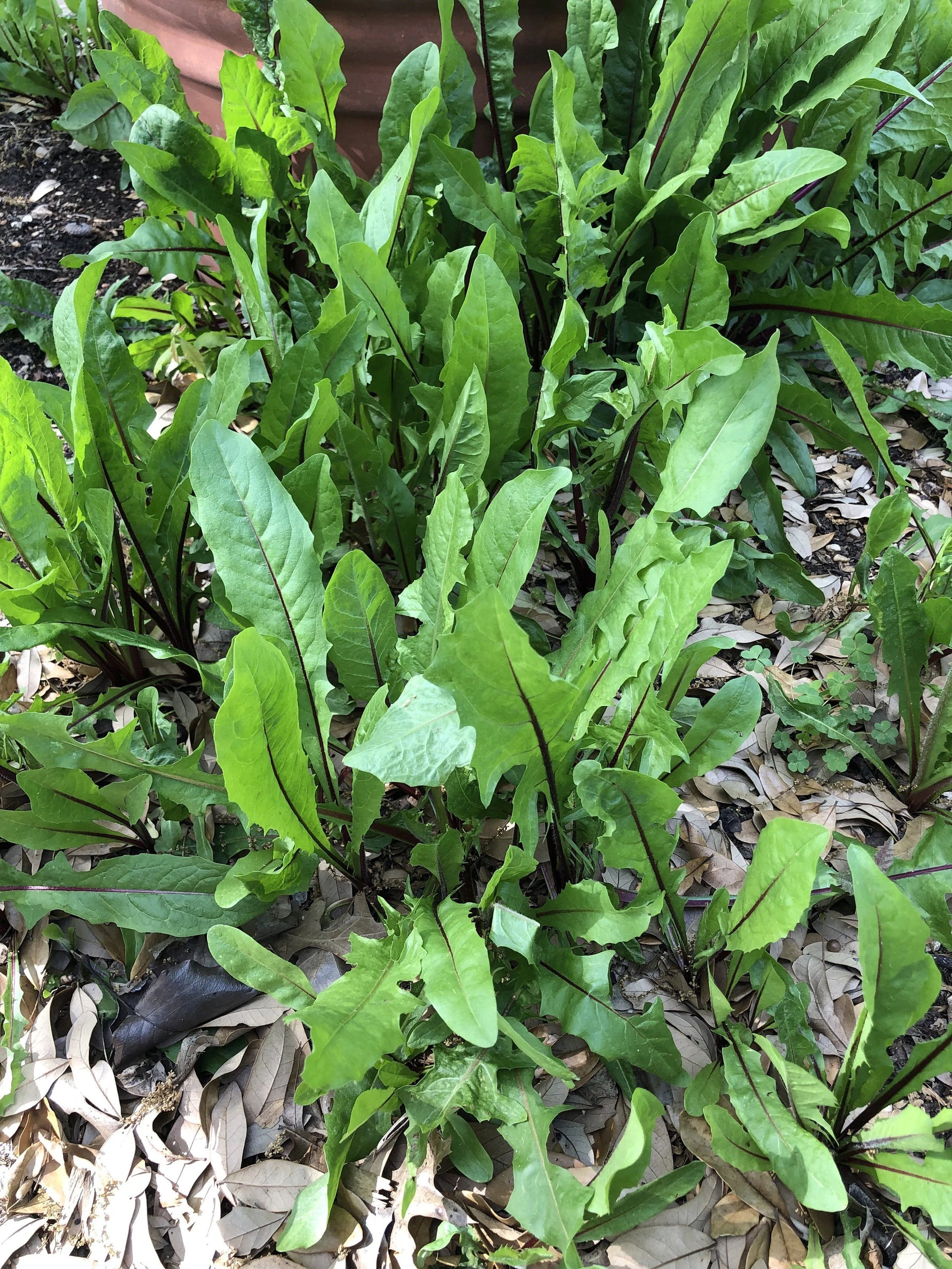
Dharaseeds
Dandelion Seeds - French
Estimated Free Delivery between April 16 and April 19.
Secured Payment Methods
Your transaction is protected with advanced security measures to keep your information confidential
French Dandelion is a refined and flavorful variety of the classic dandelion, prized for its tender, deeply flavored leaves and its ability to thrive in a wide range of conditions. Known for its mild bitterness and slight sweetness, this variety is often used in French cuisine and is a favorite for making delicious salads, herbal teas, and even cooking in soups or stews. A hardy perennial, French Dandelion is easy to grow and a valuable addition to any herb or vegetable garden.
Key Benefits
- Mildly Bitter and Sweet Flavor: Offers a balanced taste that is less bitter than traditional dandelions, with a subtle sweetness, making it ideal for culinary uses.
- Versatile Culinary Uses: Perfect for use in salads, soups, teas, and even as a cooked green, adding a rich flavor to many dishes.
- Hardy and Resilient: Thrives in a wide range of soil conditions and climates, and can tolerate both cold and heat, making it a reliable garden choice.
- Rich in Nutrients: Full of vitamins and minerals, including A, C, and K, as well as antioxidants, French Dandelion is a healthy addition to any diet.
- Pollinator-Friendly: Attracts bees, butterflies, and other pollinators, making it a great choice for eco-friendly gardening.
Variety Features
- Plant Characteristics: French Dandelion produces broad, dark green, slightly serrated leaves with a mild bitterness. The yellow flowers bloom in spring and transform into puffball seed heads.
- Flavor Profile: Milder than common dandelion varieties, with a perfect balance of bitterness and sweetness that makes it popular in culinary dishes.
- Growth Habit: A perennial plant that grows in rosettes, producing long, lance-shaped leaves. It reaches 6–12 inches tall and spreads 12–18 inches wide.
- Hardiness: Suitable for USDA zones 3–9, this hardy perennial can grow in a variety of climates, from cool to temperate regions.
Planting Instructions
Planting Season
- Outdoors: Plant French Dandelion seeds in early spring or late fall. It grows best in cool weather, thriving in temperatures between 50°F–70°F (10°C–21°C).
- Indoors: Start seeds indoors 6–8 weeks before the last frost for an earlier harvest.
Planting Details
- Seed Depth: Plant seeds about 1/8 inch deep.
- Spacing: Space plants 6–8 inches apart to allow for proper growth and spreading.
- Soil Requirements: Prefers well-drained, fertile soil with a slightly acidic to neutral pH (6.0–7.0). It can tolerate poor soil but grows best with organic matter added.
- Sunlight: Full sun to partial shade. French Dandelion prefers full sun but will tolerate some shade, especially in warmer climates.
Care Instructions
- Watering: Keep the soil consistently moist but not waterlogged. Water regularly, especially during dry periods, to support healthy growth.
- Fertilization: Apply a balanced, slow-release fertilizer in early spring to support growth. Organic compost or well-rotted manure can also be used to improve soil fertility.
- Weeding and Mulching: Keep the area free from weeds, especially while the plants are young. Mulch around the base of the plant to conserve moisture and suppress weeds.
- Pruning: Deadhead flowers to maintain a tidy appearance and encourage new growth. Regularly remove any yellow or dead leaves to promote healthy plants.
Harvesting
- Leaves: Start harvesting young leaves when they are about 4–6 inches long for a milder flavor. Older leaves become more bitter.
- Flowers: French Dandelion flowers can be harvested when fully bloomed, either for ornamental use or culinary purposes.
- Seeds: Allow the flowers to mature into puffball seed heads, which can be collected for replanting.
Storage
- Short-Term: Fresh leaves can be stored in the refrigerator for up to a week when wrapped in a damp paper towel and placed in an airtight container.
- Long-Term: Dried leaves can be stored in an airtight container in a cool, dark place for up to 6 months. Seeds should be kept in a dry, cool location until ready for planting.
Culinary Uses
- Salads: French Dandelion leaves are excellent in salads, either raw or sautéed.
- Soups and Stews: Add to soups, stews, or sautés for a unique, mildly bitter flavor.
- Herbal Teas: The leaves and roots of French Dandelion are commonly used in herbal teas, known for their mild, pleasant taste.
- Pesto: Dandelion leaves can be used as an alternative to basil in pesto, offering a unique twist to this classic recipe.
- Cooking Greens: Sauté or cook the leaves like spinach or kale in dishes, offering a flavorful green to complement meats or grains.
Conclusion
French Dandelion is a versatile and flavorful herb that adds a mild, sweet bitterness to a variety of dishes. Hardy and resilient, it thrives in diverse growing conditions, making it an excellent addition to any garden. Whether used in salads, soups, teas, or as a cooked green, this unique variety of dandelion is both a beautiful and practical plant to grow. With its rich flavor and beneficial nutrients, French Dandelion is a perfect choice for gardeners looking to add a distinctive and flavorful green to their landscape.









